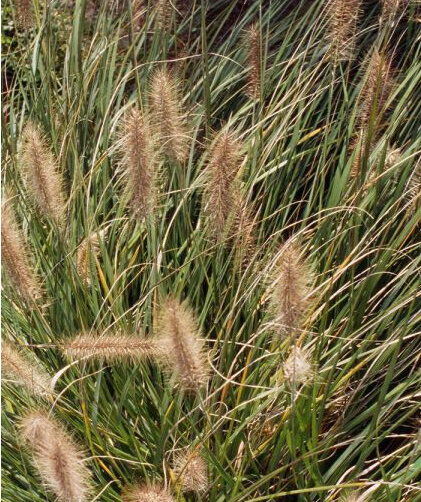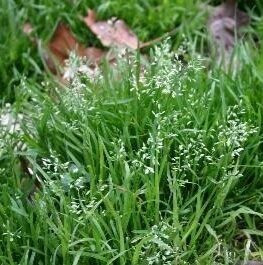How to get rid of weeds in your lawn
Most of us have the issue of weeds growing in our backyard, on the lawn and also sneaking through between our concrete gaps. After all the work we put into our backyard space they still keep coming back. Weeds are resilient little plants and able to survive through basically the toughest circumstances.
What exactly are weeds anyways?
You can split lawn weed into 3 categories: grassy, grass-like and broadleaf.
Grassy weeds look very similar to regular lawn grass, one leaf at a time and it looks like a grass blade. Foxtail, annual bluegrass and quack grass are great examples for a grassy weed.
Grass-like weeds look close to grass in appearance but the biggest difference is that the leaves are tube like, hollow or triangular and not flat as a regular grass leaf.
Broadleaves are wide and flat and don’t look like grass in their appearance. Dandelion, clover, ground ivy are great examples for broadleaves.
Now let’s create the best striking plan to get rid of these little unwanted addition to your lawn.
If weeds are growing in specific areas but not on your entire lawn, you might have most success by pulling the weeds by hand. It really matters though how you pull your weeds without damaging other plants or leaving the roots of the weeds in the ground which will only mean to sure enough see them again.
Pulling a wet weed most likely gets the entire root out of the ground without touching any neighboring plants. Wait for a good rainy day or use the hose to wet the lawn throughout.
You can also use a hoe to remove dry weed, it needs to have good sharp edges to ensure that the complete root system is cut off and removed.
Your annual weeds, for example crabgrass and chickweed have more shallow roots and are easily removed where on the other hand perennial weeds like dandelion have deep root systems so you really need to dig in there and get your hands dirty.
If your lawn has just taken over by weeds, don’t give up yet. There is still hope with the right products and timing. Annual grassy weeds can be stopped in spring, when the tiny seedlings are most vulnerable. Use a weed preventer to stop the weeds before they start to even grow big enough.
Find out what kind of weeds grow in your yard first before deciding on any herbicides.
The 4 categories for herbicides:
Pre-Emergent: This will prevent the weeds from ever growing (as previously mentioned best used in spring and for annual grassy weeds.
Post-Emergent: Kills actively growing weeds though contact
Selective: Targets specific weeds
Nonselective: Kills any plant
A few other helpful tips:
Weeds thrive in short grass so try to avoid cutting your grass too short. Weeds like sunlight so try to minimize sun access.
Adding a layer of mulch to the weed area will cut off the sunlight and nutrients.
Water your lawn frequently and deeply. This will help for your grass and other plants to grow deeper roots and to become stronger than the weeds.
FOXTAIL
BLUEGRASS
DANDELION



